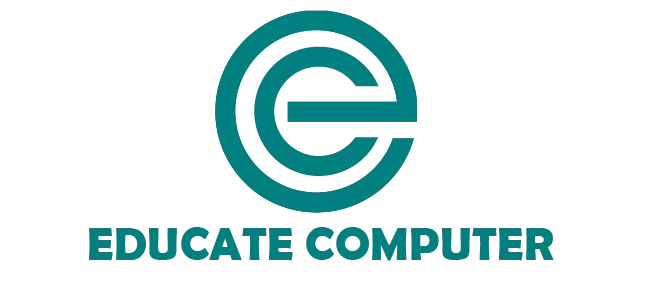You can get 2nd Year Computer Chapter 4 MCQs with Answers on this page. Tackle MCQs to test your core concepts from Chapter 4 (Data Integrity and Normalization) and confidently prepare for your exams! All the correct answers have been bolded.
Also Get: 1st and 2nd Year Computer Science Solved MCQs
12th Class Chapter 4 Computer Science MCQS
Here is the 12th computer science chapter 4 mcqs with answers:
1. The____rulestates that the primary key value cannot be null.
a. Entity integrity
b. Primary integrity
c. Referential integrity
d. Enterprise integrity
2. A rule that states that each foreign key value must match a primary key value in the other relation is called:
a. Referential integrity
b. Entity integrity
c. Enterprise integrity
d. Domain integrity
3. In a relational database, a table is also called:
a. Tuple
b. Relation
c. File
d. Schema
4. Every relation should have:
a. Primary key
b. Candidate key
c. Secondary key
d. Mutually exclusiveness
5. Two or more attributes with different names but the same meaning create a problem known as;
a. Homonyms
b. Aliases
c. Synonyms
d. Alternate attributes
6. Different attributes in two different tables having the same name are called:
a. Synonym
b. Homonym
c. Acronym
d. Mutually exclusive
7. A constraint between two attributes is called:
a. Functional relation
b. Attribute dependency
c. Functional dependency
d. Functional relation constraint
8. A functional dependency is a relationship between two:
a. Attributes
b. Entities
c. Rows
d. Relations
9. The attribute on the left side of the arrow in a functional dependency is called:
a. Determined
b. Determinant
c. Functional
d. Derivative
10. A table that displays data redundancies contains:
a. More entities
b. Anomalies
c. Fewer attributes
d. Consistencies
11. The goal of normalization is to:
a. Get stable data structure
b. Increase the number of relations
c. Increase redundancy
d. Remove constraints
12. Normalization works through a series of normal:
a. Schemas
b. Entities
c. Database
d. Forms
13. Which of the following normal forms does not exist?
a. INF
b. 2NF
c. 3NF
d. MVINF
14. A relation that is in 1INF and includes no partial dependencies is said to be in:
a. 3NF
b. 2NF
c. MVNF
d. 7NF
15. Which form of dependency is removed in 2NF?
a. Functional
b. Transitive
c. Associative
d. Partial
16. Which of the following anomalies can be caused by redundancy in tables?
a. Insertion
b. Deletion
c. Modification
d. All
17. A functional dependency between two or more non-key attributes is called:
a. Partial functional dependency
b. Partial non-key dependency
c. Transitive dependency
d. None
18. Which of the following anomalies results from a transitive dependency?
a. Insertion
b. Modification
c. Deletion
d. All
19. A relational that is in 2NF and contains no transitive dependencies is said to be in:
a. 3NF
b. 5NF
b. MVNF
d. 7NF
20. A relation is in third normal form if it is in second normal form and:
a. Dependent on part of the key
b. Dependent on the whole key
c. Independent of the key
d. Has no transitive dependencies
21. In 3NF, a non-key attribute must not depend on a:
a. Non-key attribute
b. Key attribute
c. Composite key
d. Sort key
22. Which form of dependency is removed in 3NF?
a. Functional
b. Non-functional
c. Associative
d. Transitive
